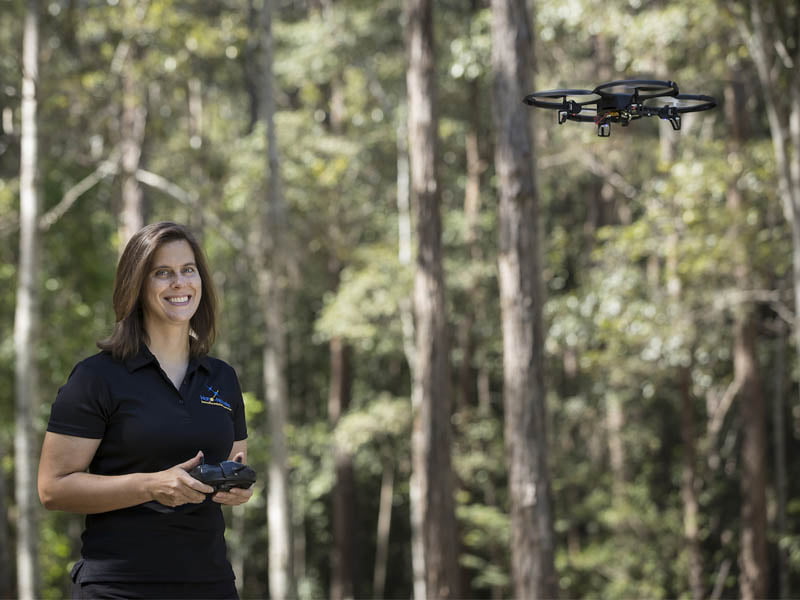An innovation by Australian materials technology company Nano-Nouvelle is paving the way for a new generation of batteries that can power anything in your car, office or home.
Designed by Queensland-based Nano-Nouvelle, Copper Lumafoil is poised to leverage a broad and diverse market – its applications include everything from mobile devices, drones and electric vehicles to home energy storage for electricity.
The global-scale commercial potential of this Australian innovation is huge. Nano-Nouvelle is the latest example of Australian technology prowess in the energy storage market.

Copper LumaFoil is a three-dimensional porous material designed to be a direct replacement for the conventional copper foil current collector used in most of today’s batteries. The material weighs as much as 70 per cent less than existing current collectors used in lithium ion batteries.
Nano-Nouvelle just completed its first roll-to-roll production trial last month, which saw UK manufacturing company Cemco successfully run a raw membrane through a chemical plating process to successfully produce a roll of copper-plated Lumafoil.
The company’s CEO Stephanie Moroz said the successful roll-to-roll trial was at least a hundred times faster than the company’s original manual plating process with equivalent quality.
“Demonstrating that our nanostructure can be produced on a commercially viable production line gives us a route to full-scale production that other forms of nanotechnology can only dream of,” Ms Moroz said.
“This is the first time we have proved that our technology can be made in a mass production process,” she said.
“We can now produce rolls of the material for larger batteries to be used in customer field trials. It’s a huge win for us.”
It’s also a huge win for the components and battery manufacturing industry, considering that the technology invention originally started with thermo-electric materials in mind, but later shifted focus to battery electrodes.
Once the innovation for battery applications kicked off, Ms Moroz was hired shortly after to lead the product development and commercialisation of Copper LumaFoil. She was considered perfect for the role because of her range of business experience from large multinationals to VC-backed startups, as well as in developing and commercialising clean energy technologies.
Ms Moroz has worked on hydrogen fuel cells in Canada and Germany, automotive engine systems to reduce pollution and fuel consumption in France, and solid state hydrogen storage in Australia.
Currently Nano-Nouvelle has ten employees based on Queensland’s Sunshine Coast.
Ms Moroz expects components and battery manufacturers in Asia, Europe and the US to benefit most from the nanotechnology innovation.
Battery manufacturers that the company has briefed on the process have been impressed, and she notes that much interest has been around its application in drones.
As it is, Nano-Nouvelle is already attracting strong interest from other customers globally.
“Our next step is to conduct more trials with customers to show this success can be replicated in the next stages of battery assembly,” she said.
Besides the trials, the company is also focusing on securing the next round of funding. It’s hoping to raise $6 million which will go toward building a pilot plant and to scale-up the process.
The company hopes to begin pilot production by end of 2017 and see first revenues streaming in the following year.
Nano-Nouvelle is backed by the South Australian government’s life science venture capital firm SALSA, private investors Simon Hackett and Bradley Maguire, and several other investors.
Last June, it closed a $3.7 million Series C financing to support continued development commercialisation of its battery electrode materials.
Do you know more? Contact James Riley via Email.
